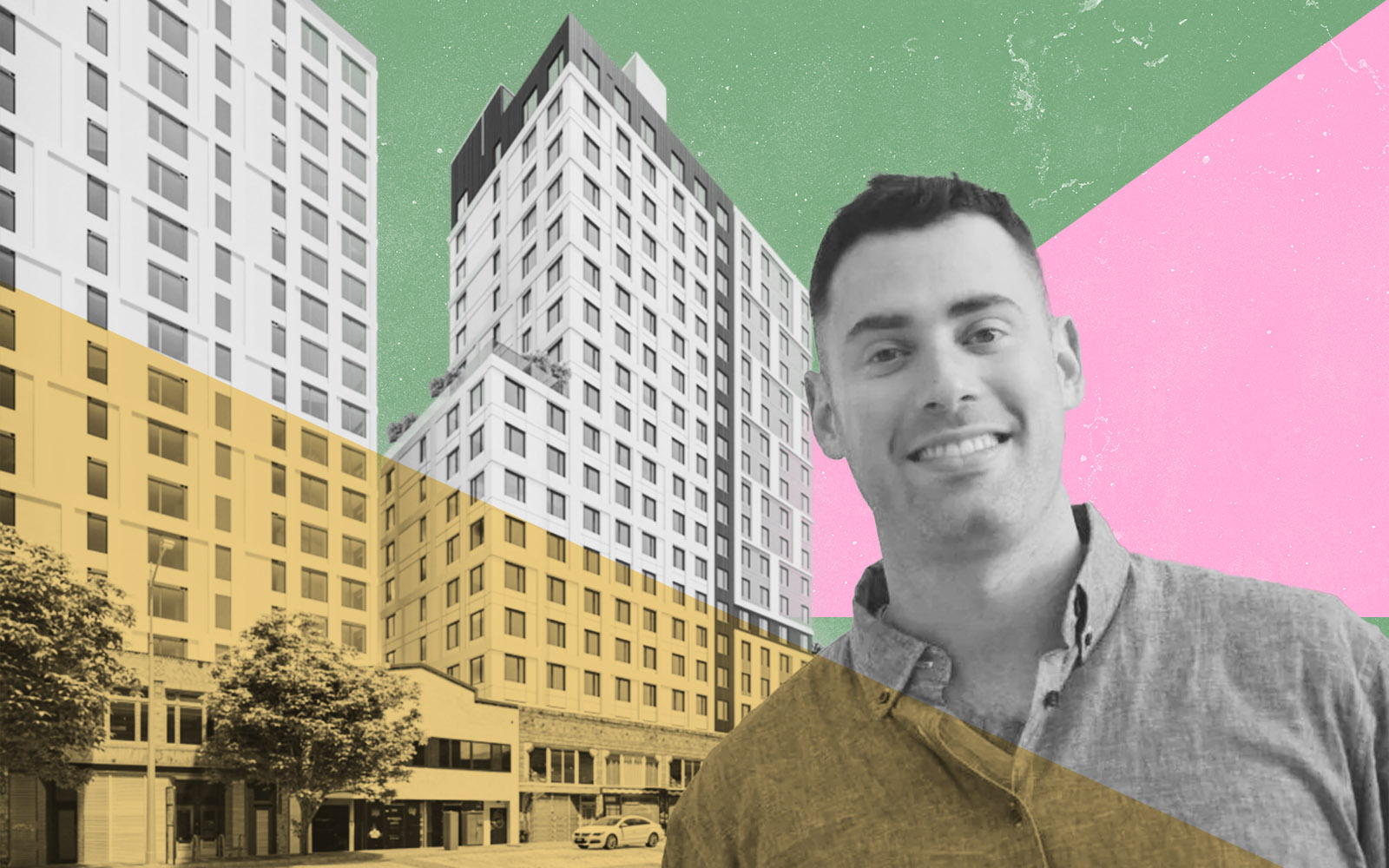Bay Area projects are now at risk of going under because PG&E can’t get electrical parts.
oWow, the developer behind a 19-story apartment highrise at 1510 Webster Street in Downtown Oakland, must delay opening for up to a year because of a shortage of electrical transformers, the San Francisco Chronicle reported.
The shortage of electrical transformers, an unexpected obstacle, has sent shockwaves through the development community.
oWow, based in Oakland, had planned a January grand opening for the 236-unit complex, making it one of the tallest “mass timber” structures in the world.
But then company President Andy Ball received distressing news when he was told by Pacific Gas & Electric that the required transformers might not be available until the second half of next year — at the earliest.
“It was a bombshell, the last thing I expected,” Ball told the Chronicle. “They are going to put developers out of business. They are going to destroy projects.”
This shortage is not exclusive to oWow, as PG&E spokesperson Tamar Sarkissian revealed that a “component shortage” would impact the availability of subsurface transformers at least until the first half of 2024.
Three out of four utilities are experiencing similar shortages, according to the Edison Electric Institute, an industry association of investor-owned electricity companies.
“There is no resolution date for the shortage,” Sarkissian said.
A total of 540 customers were notified that they must either redesign their projects to use above-ground “pad transformers” or wait for the subsurface equipment to become available. The scarcity of subsurface transformers poses challenges, especially in urban infill districts like Downtown Oakland, where developers are required to place transformers below ground.
Read more



Lisa Vorderbrueggen, legislative affairs director at the Building Industry Association, highlighted the disconnect between the state’s push for dense, tall, transit-oriented development and PG&E’s preference for above-ground transformers.
The impact extends beyond Oakland, affecting a Granada Hotel project at 1000 Sutter Street in San Francisco. The Mayor’s Office of Housing and Community Development said the transformer installation, scheduled for February, could be delayed by at least four months. The development team is exploring various options, including seeking a private supplier.
As the industry grapples with the transformer shortage, developers are left in limbo, contemplating redesigns, seeking waivers or hoping for the emergence of new subsurface transformer manufacturers to alleviate the crisis.
